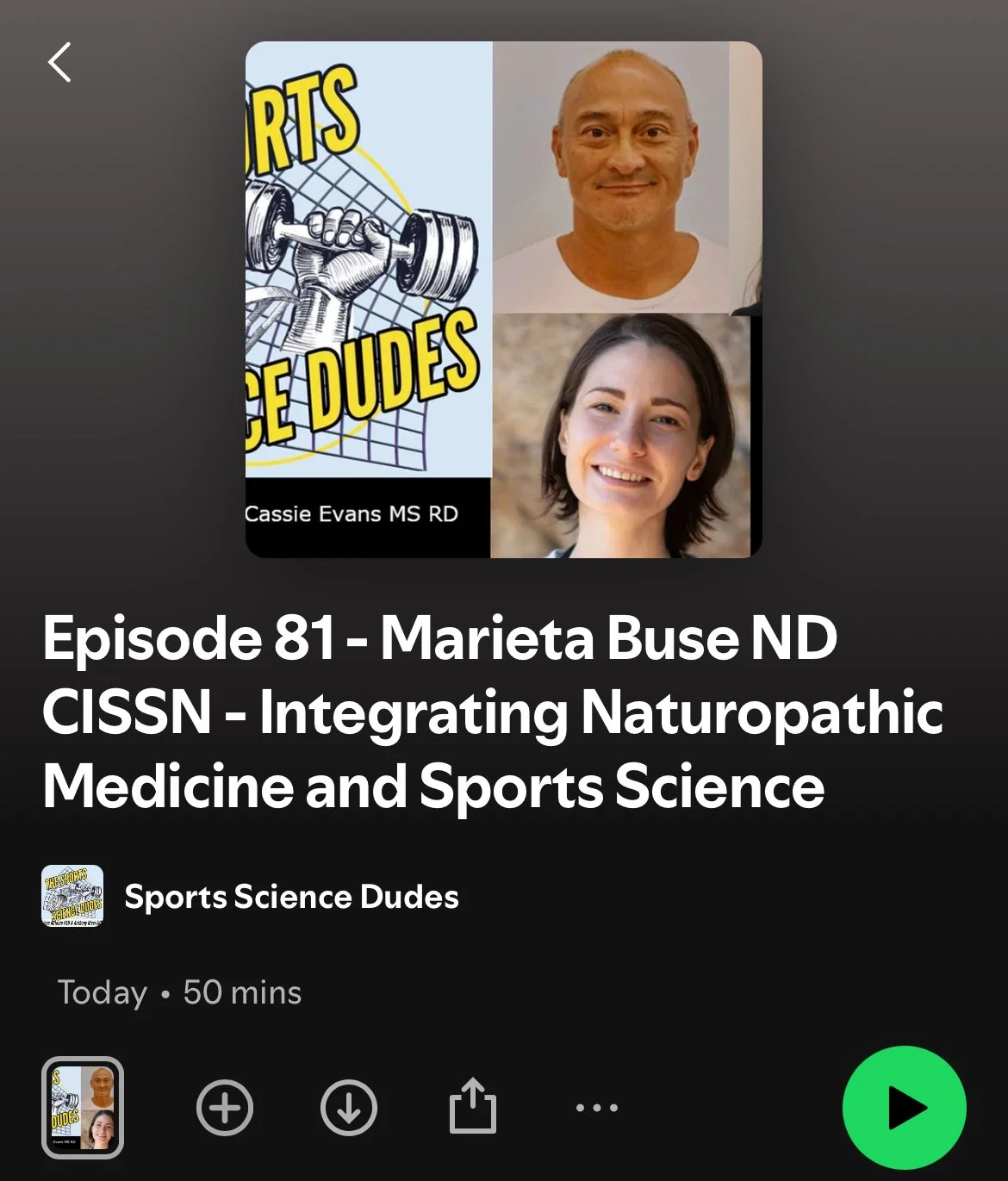
adventure blog
What’s Trigger Finger? (Stenosing Tenosynovitis)
Trigger finger is a condition where there is a size disparity between the flexor tendons and the surrounding pulley system at the first annular pulley (the A1 pulley). This causes the tendon to catch on the pulley as it attempts to glide through unless enough pressure is developed to allow it to forcefully move through the pulley. The exact cause of trigger finger is not always clear, but it is often attributed to overuse injuries or repetitive motions.
Biceps Rupture in Climbers
The biceps brachii muscle is a multi-joint muscle that spans both the shoulder and the elbow, meaning it has a role in movement at both of these joints. Its main action is elbow flexion (bending the elbow), but it also has many secondary actions such as forearm supination (turning the palm up), and shoulder flexion (raising the arm overhead).
A biceps tendon rupture denotes an injury where the biceps muscle is subjected to excessive loads and detaches from one or more of its proximal attachment sites.
The most common locations for a biceps tendon rupture are at the proximal attachment of the long head (where it connects to the glenoid labrum), and distally where the tendon inserts into the radius.
Injuries in Skiing and 5 Tips for Reducing Risk
We get a ton of questions about skiing safely, To ski with confidence, talk with a physiotherapist who specializes in skiing. It should be someone who understands the forces of the sport, and who has personal experience doing it themselves. Your physiotherapist will perform a variety of tests, discuss your activity, and make recommendations. Enjoy your winter season skiing in Vancouver and throughout BC!
Biomechanics of the Pull-Up
Pull-ups are a core training exercise for most climbers. The grip position used in a pull-up has a significant impact on which muscles are being used and therefore being strengthened. Understanding the anatomy and biomechanics of the different variations of the pull-up can help you more specifically target your strength training for specific muscle groups and movement patterns. This is particularly important for athletes with shoulder and/or elbow pain to ensure you are loading the different structures of the arm and shoulder appropriately.
Neural Tension (Nerve Entrapment) Physio for Rock Climbing
Nerve entrapment is difficult to diagnose because the location, signs, and symptoms mimic those of other common musculoskeletal disorders that climbers experience such as lateral epicondylitis (tennis elbow), and medial epicondylitis (golfer’s/climber’s elbow).
Regardless of whether you have nerve entrapment or a tendinopathy such as lateral or medial epicondylitis, the first step to recovery will be an accurate diagnosis so that you can begin an appropriate treatment protocol to alleviate your symptoms.






